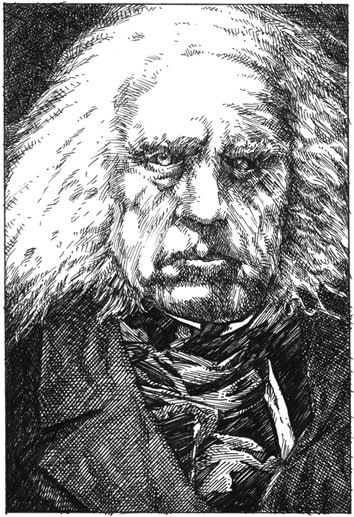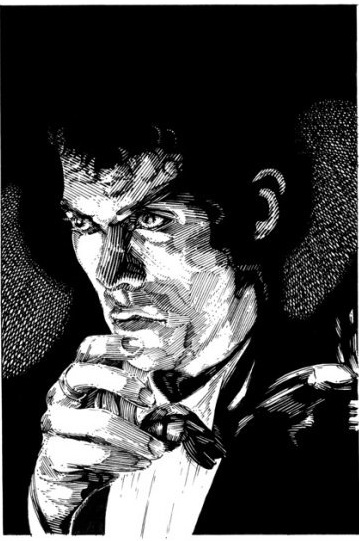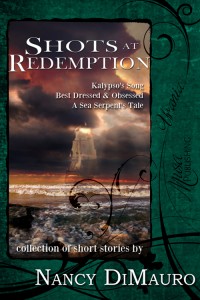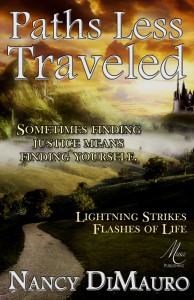![Fable-01[1]](http://www.fictorians.com/wp-content/uploads/2013/08/Fable-011-300x225.jpg) A guest post by Jace Sanders.
A guest post by Jace Sanders.
I rummaged through the selection of video games at a local store, looking for the perfect escape. The week was long and my mind screamed for relaxation. I had recently reread the Lord of the Rings series and decided to diversify my entertainment fixes by replacing a book with a controller.
I’d struck out several times before. Some games had incredible graphics, but little to no plot, while others had a decent story, but the controller commands were too complicated. A young man suggested I try Fable, and my video gaming days have consequently not been the same since.
Fable begins on a beautiful day in the small village of Oakvale in the realm of Albion. The gameplay is infused with ambiance, making the experience that much more enjoyable. The main character is a young man who spends his first day performing tasks to earn money for his sister’s birthday present.
I was immediately drawn in as a participating creator of the story, as I was able to choose my own adventure in the various scenarios I came across. Without even realizing it, I was actually being taught the dynamics of the game.
Tragedy then strikes and the young man is whisked away onto an adventure of revenge and discovery as he trains to become a famous and powerful hero.
Rather than simply telling a story, Fable empowers me to help in its development. Many games have interfaces where you can design the character’s looks, but Fable was one of the first to tie a character’s features to choices made throughout the game.
The main character, known as Hero (or by other titles you can earn through reputation, like Chicken Chaser), grows from a young boy to an old man. Depending on small choices made throughout the game, the character’s appearance develops. If Hero eats pies and red meat, he will grow fat. If he travels at night rather than sleep, his skin will turn pale. His body scars if he fights without proper protection, though townsfolk wager money for the hero to increase the difficulty of a task by doing it in his underwear or without weapons.
Hero becomes a stronger swordfighter, or archer or mage, as he practices that particular skill. He can level up in an array of categories like strength, speed, and stealth.
Hero can also make moral choices. He can choose to protect someone, or perhaps steal from them. There’s no restriction in killing the innocent and then purchasing their homes and shops at the estate sale. But as the game suggests, “Every choice a consequence.”
My first time playing Fable, I naturally wanted to be a good person, and I made proper choices to ensure that I was seen as a standup hero, complete with a halo and butterflies that followed me wherever I traveled. But my second time through, the temptation proved too great to deny myself the evils of Albion. I gave into greed and gluttony, becoming a revered obese landowner with demonic red eyes and devilish horns sprouting from my head. Townsfolk fled into their homes and secured the doors as I passed by. Children screamed as I approached and commented on my horrific deeds.
The first time I played, I strived to focus on the main objective of avenging my family. Others in Albion asked me to assist them in menial tasks that I mostly ignored. My second time through, I pursued all the tangent stories and sub-adventures. I was able to grow stronger and richer. Some of that money I used to court the love of my life, or loves of my life—at one point, I had a wife in every town. Once I tried to marry two women in the same town, but I think they knew each other because the first divorced me.
I’ve spent hours exploring the corners of Albion. I found a fistfight club that met in the middle of the night. I discovered buried treasure. I went fishing, kicked chickens, dressed like an assassin, grew a beard, and got a tattoo, all while trying to avenge my family.
I returned to the video game store the day Fable 2 hit the shelves. While in line, I learned that the game was only available on Xbox 360, a console I didn’t yet own. It took a little explaining to my (real) wife that I deserved an advance on my birthday present, but that night I played Fable 2 till dawn. I don’t regret it, but honestly the second Fable was a let down. The graphics are better, but the storyline is almost the same. Rather than continue on from where the first left off, the story seems to repeat itself several years later than the first.
I didn’t purchase Fable 3; instead I borrowed it from a friend. I found it was more of the same with an extra dose of boring.
What makes Fable so powerful is its compelling story, which in some ways I help write as I build the character, along with his strengths and weaknesses. While the subsequent games have similar functions as the first in development through choices, they fail to tell a good story.





